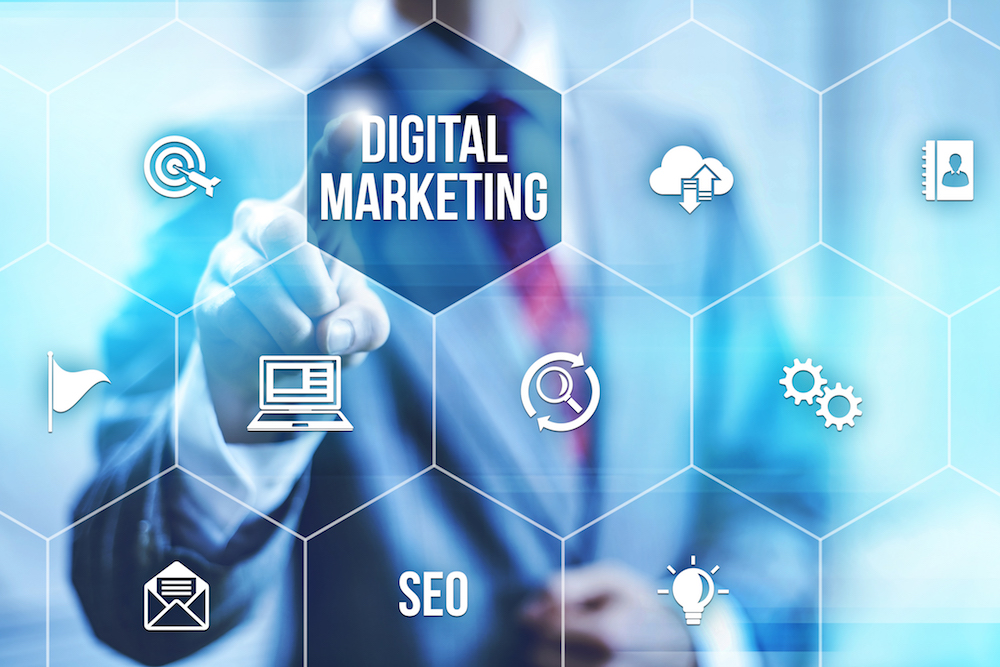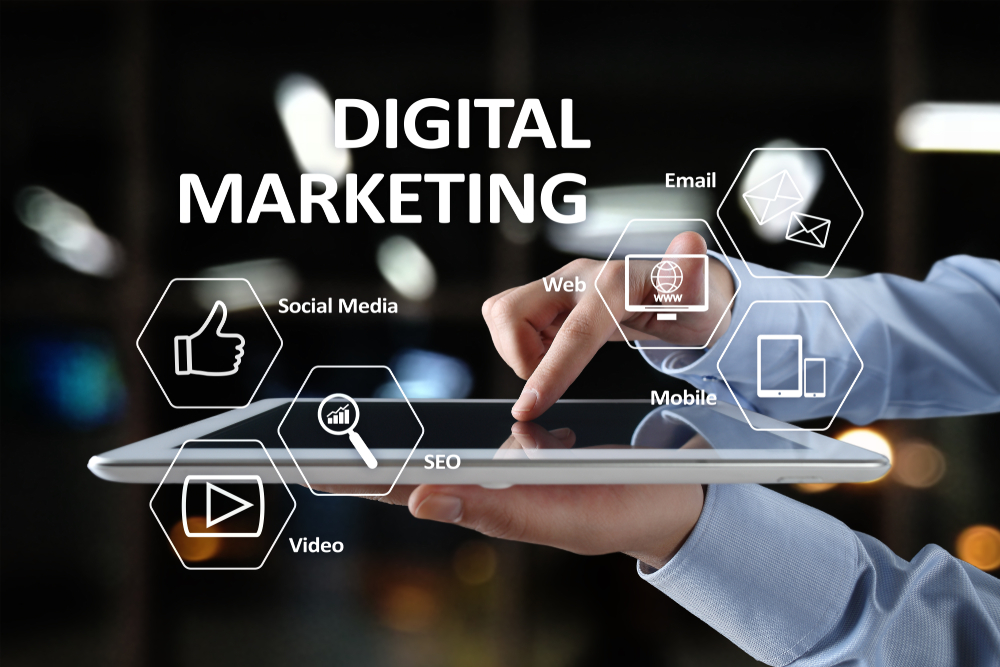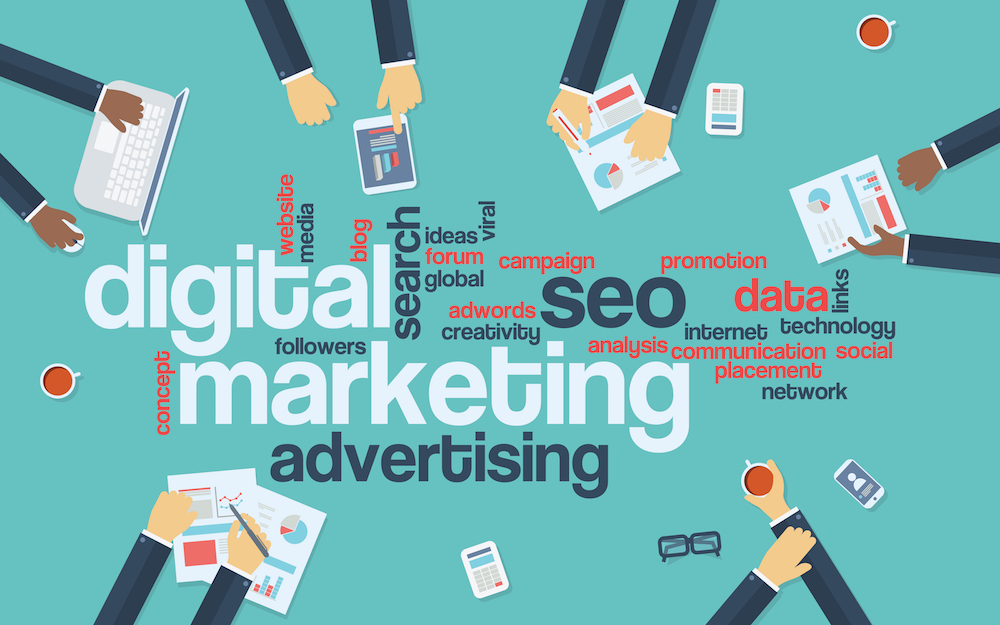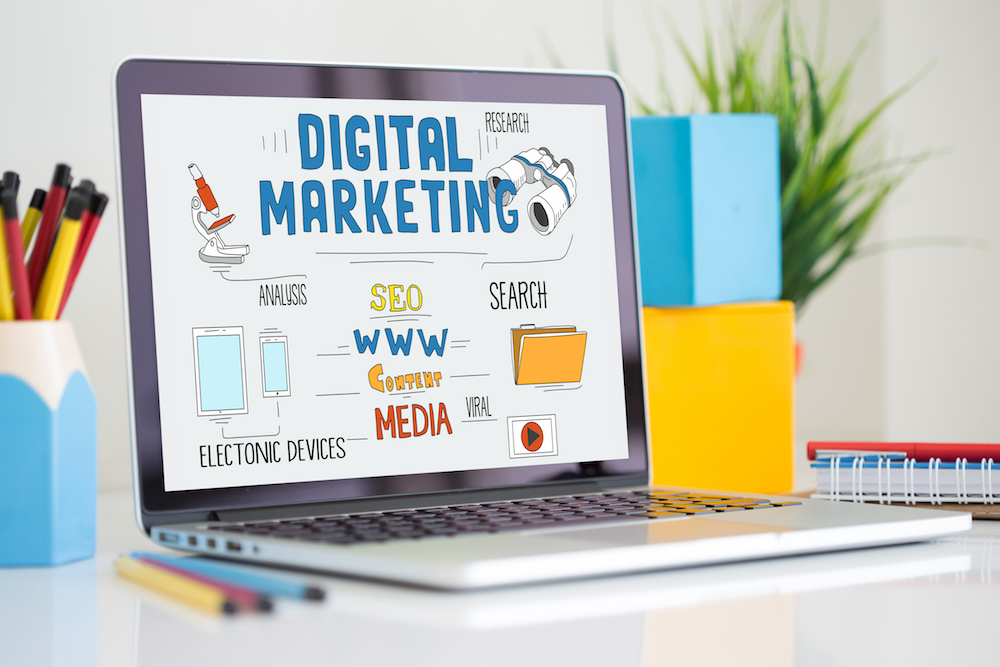Top performing tech marketers are better at using content marketing to nurture subscribers and build loyalty with existing customers than less successful counterparts according to a new study published last week by the Content Marketing Institute.
CMI’s latest annual Benchmark, Budgets and Trends study for the tech industry found 76% of all organisations are enjoying more success than they were at the point of last year’s research in early 2019.
However, certain enterprises are still going and above and beyond expectations, either by having a documented strategy in place or using content across the marketing funnel instead of just focusing on the awareness phase.
Marketers are achieving a wide range of goals with content marketing materials as many look at taking advantage of opportunities further along the sales cycle.
In addition to educating audiences, an objective 80% of marketers have achieved during the last twelve months, 73% have also built credibility and trust and 72% have nurtured a base of loyal and attentive audiences.
CMI said the most successful marketers are investing in customer loyalty. While lead generation and unearthing new clients is obviously important, strengthening ties with existing customers is fundamental to being a “top performer”.
CMI vp of editorial, Kim Moutsos says marketers and agencies working for tech companies are now able to deploy content effectively wherever they choose.
She noted: “When we look at what makes the top performers successful, we see they treat content marketing as a strategic business function, craft content thoughtfully, experiment with distribution, and measure their results.”
Tech content marketers also like to deploy a plethora of content formats to support their aims with social media content and written pieces leading the way.
Social media posts, tweets and stories were used by 96% of marketers during the last twelve months, putting them just ahead of blog posts and short articles (93%).
Case studies are also a go-to format, presumably because it allows brands to educate and inform B2B buyers who need reassurance and advice before making a purchase.
A few other favoured formats include email newsletters (82%), in-person events (83%), webinars (74%) and ebooks and guides (61%).
Demonstrating return on investment (ROI) remains a challenge for tech marketers but perhaps not surprisingly, the most successful are able to use key performance indicators (KPIs) to measure content initiatives and determine ROI, and more likely to rate their ability to do so as either “very good” or “excellent”.
The good news is that 83% of all respondents are now using metrics to measure the performance of content marketing activities, an encouraging sign in today’s data driven environment.
2020 is now well underway and there are a few things that marketers want to master before the year is out.
More than half (54%) have their sights set on improving the quality and conversion of audiences while 47% want to improve how they measure content marketing campaigns.
A similar number want to focus on the quality and quantity of their content output. More than a third (38%) also are also eager to optimise social media management and other forms of content distribution.











